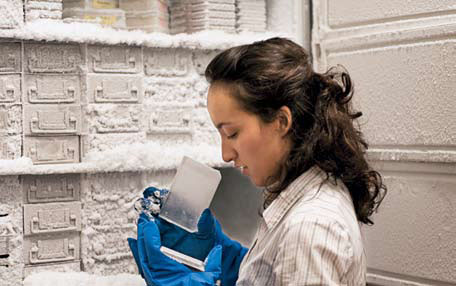
February 2005–December 2006
The idea of engineering and building simple biological systems from standard, interchangeable parts that can operate within living cells is a compelling challenge. A serious obstacle in this new discipline of Synthetic Biology is the need for the development of standardized biological parts that are well specified and able to be paired with other parts of systems. Design competitions, such as robotics competitions, are a proven way of using student challenges to stimulate design, so this project was designed to bring that concept to this emerging field of biology.
“iGem has been an awesome experience. Working over the summer to create a novel project was really cool. ….I really liked the open attitude of the relatively small (but growing) Synthetic Biology [sic] and hope it continues. Innovation and creativity have been applauded, which is amazing.”
–Anonymous iGem 2005 Undergraduate Participant
After a period of productive independent activity, student teams competed against five other schools to build cellular state machines and counters, culminating in a jamboree that yielded such innovative designs as a photographic biofilm capable of capturing an image. A series of successive competitions, including ones bringing students together internationally, has helped stimulate a healthy, competitive environment that should accelerate biological systems engineering—and make its exploration more rewarding for students. Interest in the iGem competitions has grown enormously over the past two years. Where the first iGem competition in late 2004 attracted just five schools, the third competition in November 2006 attracted 450 students and teachers from 37 schools.
Investigators: Dr. Thomas Knight, Computer Science and Artificial Intelligence Laboratory; Randy Rettberg, Biological Engineering
